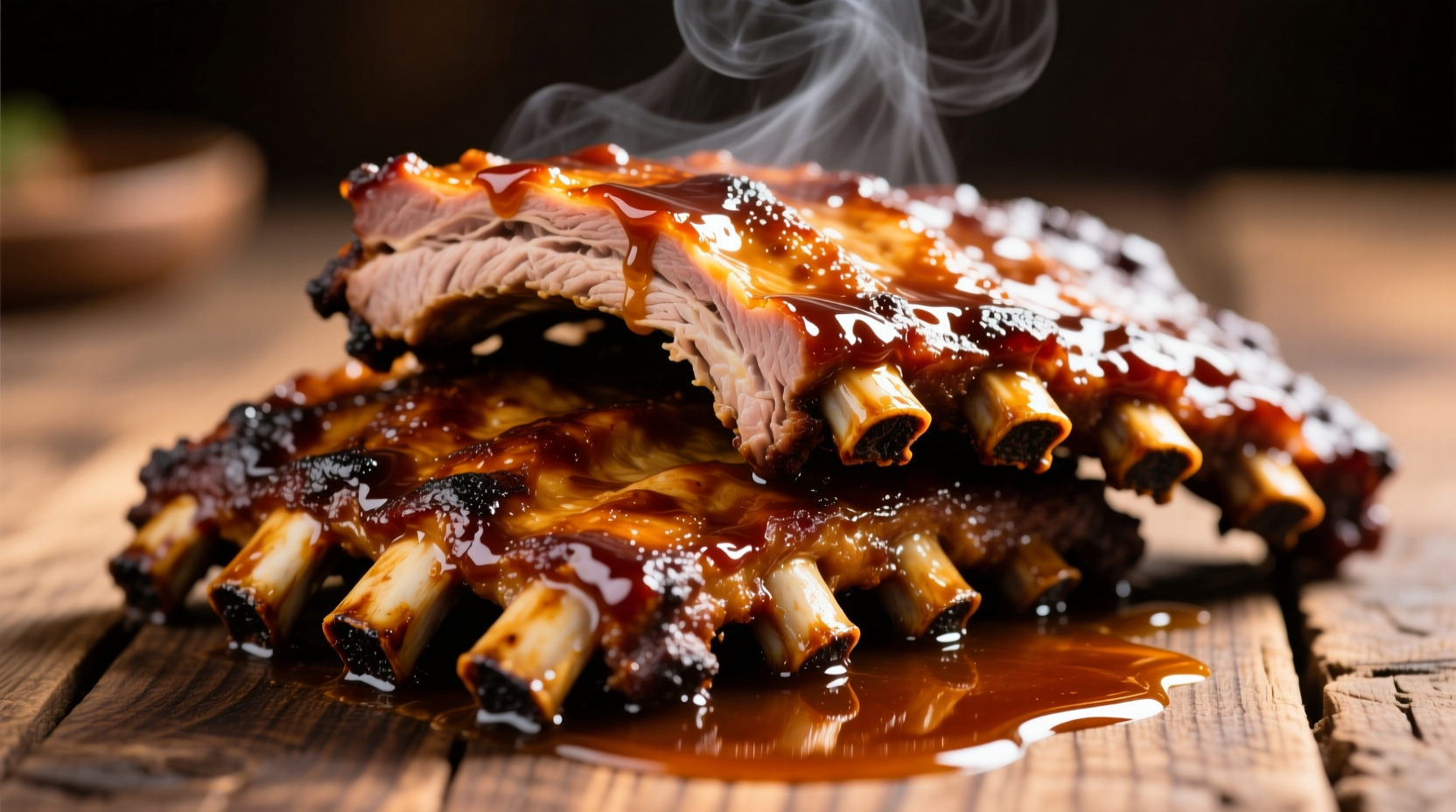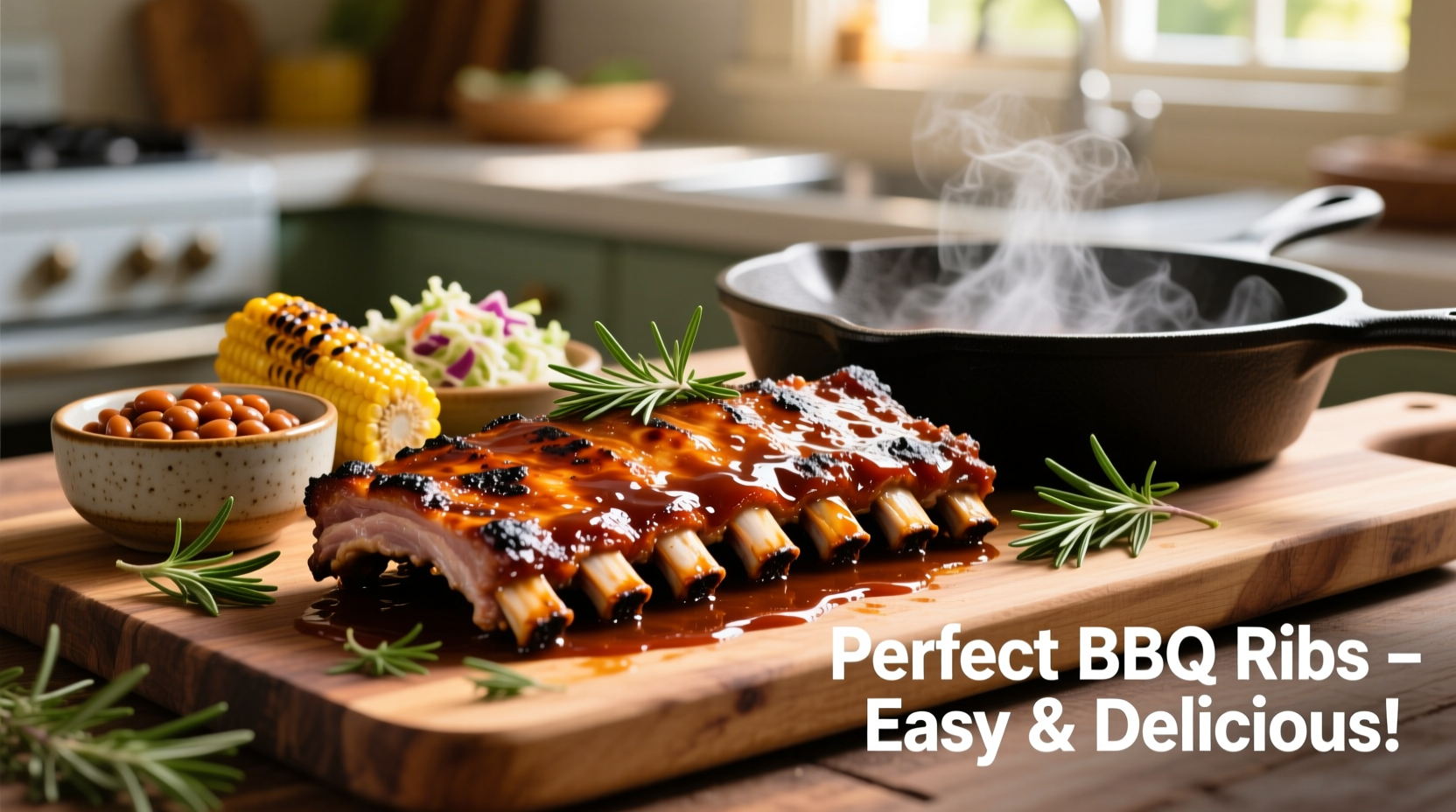The best ways to cook ribs include slow-smoked barbecue ribs, oven-baked fall-off-the-bone ribs, Korean-style braised short ribs (galbi), Caribbean jerk pork ribs, and Chinese five-spice spare ribs. Each method delivers distinct textures and flavor profiles, with cooking times ranging from 3-6 hours depending on technique. For quick weeknight meals, try air-fried ribs with a honey garlic glaze or pressure-cooked ribs ready in under 45 minutes.
Discovering what to cook with ribs unlocks endless culinary possibilities that transform this versatile cut into show-stopping meals. Whether you're working with pork baby backs, beef short ribs, or spare ribs, understanding the right preparation method makes all the difference between tough, dry meat and tender, flavorful perfection. This comprehensive guide reveals professional techniques that home cooks can master, complete with timing charts, flavor pairing science, and creative ways to use leftovers.
Understanding Rib Cuts and Their Best Uses
Not all ribs respond equally to every cooking method. Selecting the right technique for your specific cut prevents disappointment and wasted ingredients. Pork ribs generally fall into three categories:
| Rib Type | Best Cooking Methods | Recommended Cooking Time | Flavor Profile Match |
|---|---|---|---|
| Baby Back Ribs | Grilling, Oven-baking | 2.5-3 hours | Milder sauces, fruit-based glazes |
| Spare Ribs | Smoking, Braising | 4-5 hours | Robust BBQ, spicy rubs |
| Beef Short Ribs | Braising, Slow Roasting | 3-4 hours | Asian-inspired, red wine reductions |
According to USDA Food Safety and Inspection Service guidelines, pork ribs should reach an internal temperature of 145°F (63°C) with a 3-minute rest, while beef ribs require 160°F (71°C) for safety. However, for truly tender ribs that pull cleanly from the bone, most chefs recommend cooking to 195-205°F (90-96°C) to properly break down connective tissues.
Mastering Rib Cooking Techniques
Professional kitchens use specific approaches to achieve consistent results. These methods translate perfectly to home cooking when you understand the science behind them.
The Low-and-Slow Revolution Timeline
Rib cooking has evolved dramatically over the past century:
- Early 1900s: Ribs typically boiled for hours, resulting in bland, overcooked meat
- 1940s-1950s: Introduction of backyard grilling with basic dry rubs
- 1970s: Emergence of regional BBQ styles with specialized wood smoking
- 2000s: Sous vide techniques enter professional kitchens
- Present: Hybrid methods combining multiple cooking techniques for optimal texture
Modern chefs like Antonio Rodriguez emphasize that "the magic happens between 160-205°F (71-96°C) when collagen transforms into gelatin. Rushing this process guarantees tough ribs." This temperature sweet spot explains why low-and-slow methods consistently outperform high-heat approaches for traditional barbecue ribs.

Flavor Pairing Science for Ribs
Understanding flavor chemistry helps create balanced rib dishes that satisfy without overwhelming. The natural richness of ribs pairs exceptionally well with:
- Acidic elements: Apple cider vinegar, lime juice, or tamarind cut through fat
- Sweet components: Molasses, honey, or fruit preserves balance saltiness
- Aromatic spices: Smoked paprika, garlic powder, and onion powder enhance meatiness
For authentic Korean galbi, marinate beef short ribs in a mixture of soy sauce, pear puree, sesame oil, and ginger for 4-12 hours. The natural enzymes in pear help tenderize the meat while adding subtle sweetness that complements the savory soy base.
Time-Saving Rib Solutions for Busy Cooks
When you're short on time but craving ribs, these proven methods deliver restaurant-quality results in under 90 minutes:
Pressure Cooker Short Ribs
Season beef short ribs with salt and pepper, then sear in your Instant Pot. Add 1 cup beef broth, 2 tablespoons soy sauce, and 1 tablespoon brown sugar. Cook on high pressure for 35 minutes, followed by a 15-minute natural release. Finish under the broiler for caramelized edges.
Air Fryer Pork Ribs
After applying your favorite dry rub, cook baby back ribs in the air fryer at 350°F (175°C) for 20 minutes. Flip, brush with sauce, and cook 8-10 minutes more until caramelized. This method produces ribs with crispy edges while maintaining tenderness.
Transforming Leftover Ribs into New Meals
Don't let leftover ribs go to waste. These creative transformations give new life to yesterday's dinner:
- Rib Tacos: Shred meat and serve on corn tortillas with pickled onions and cilantro
- Rib Fried Rice: Dice meat and stir-fry with day-old rice, vegetables, and soy sauce
- Rib Pizza: Top pizza dough with shredded rib meat, barbecue sauce, and smoked gouda
- Rib Soup: Simmer bones with vegetables for a rich bone broth base
Food safety expert Dr. Catherine Donnelly from the University of Vermont notes that "properly stored cooked ribs remain safe for 3-4 days in the refrigerator or up to 3 months frozen." Always reheat leftovers to 165°F (74°C) internal temperature.
Troubleshooting Common Rib Problems
Even experienced cooks encounter issues with ribs. Here's how to fix the most common problems:
- Dry ribs: Braise in apple juice or broth for 30 minutes at 300°F (150°C)
- Tough membrane: Always remove the silverskin membrane before cooking
- Burning sauce: Apply sugary sauces during the final 15-20 minutes of cooking
- Uneven cooking: Rotate ribs periodically when using indirect heat methods
Remember that ribs continue cooking after removal from heat due to residual heat carryover. Always remove ribs 5-10 degrees below your target final temperature.
Pro Tips for Perfect Ribs Every Time
Professional chefs employ these techniques to guarantee success:
- Apply dry rub 12-24 hours before cooking for maximum flavor penetration
- Use the bend test: when ribs flex easily and cracks appear in the bark, they're done
- Rest cooked ribs for 15-20 minutes before serving to redistribute juices
- Keep a spray bottle of apple juice/water mixture handy when smoking
For authentic Memphis-style ribs, skip the sauce entirely and focus on perfect dry rub application. The "Memphis Dust" typically contains paprika, black pepper, cayenne, garlic powder, and onion powder without any sugar.











 浙公网安备
33010002000092号
浙公网安备
33010002000092号 浙B2-20120091-4
浙B2-20120091-4